Boaters know that choosing the dinghy that best suits their cruising lifestyle is vital. Complicating the choice is the fundamental truth that there is no objectively best dinghy, rather innumerable options purpose-built for different needs. From a no-expenses-spared custom tender for a large yacht to a kayak lashed to the deck of a small sailboat, the perfect match between a boat, captain and dinghy is a carefully cultivated love triangle.
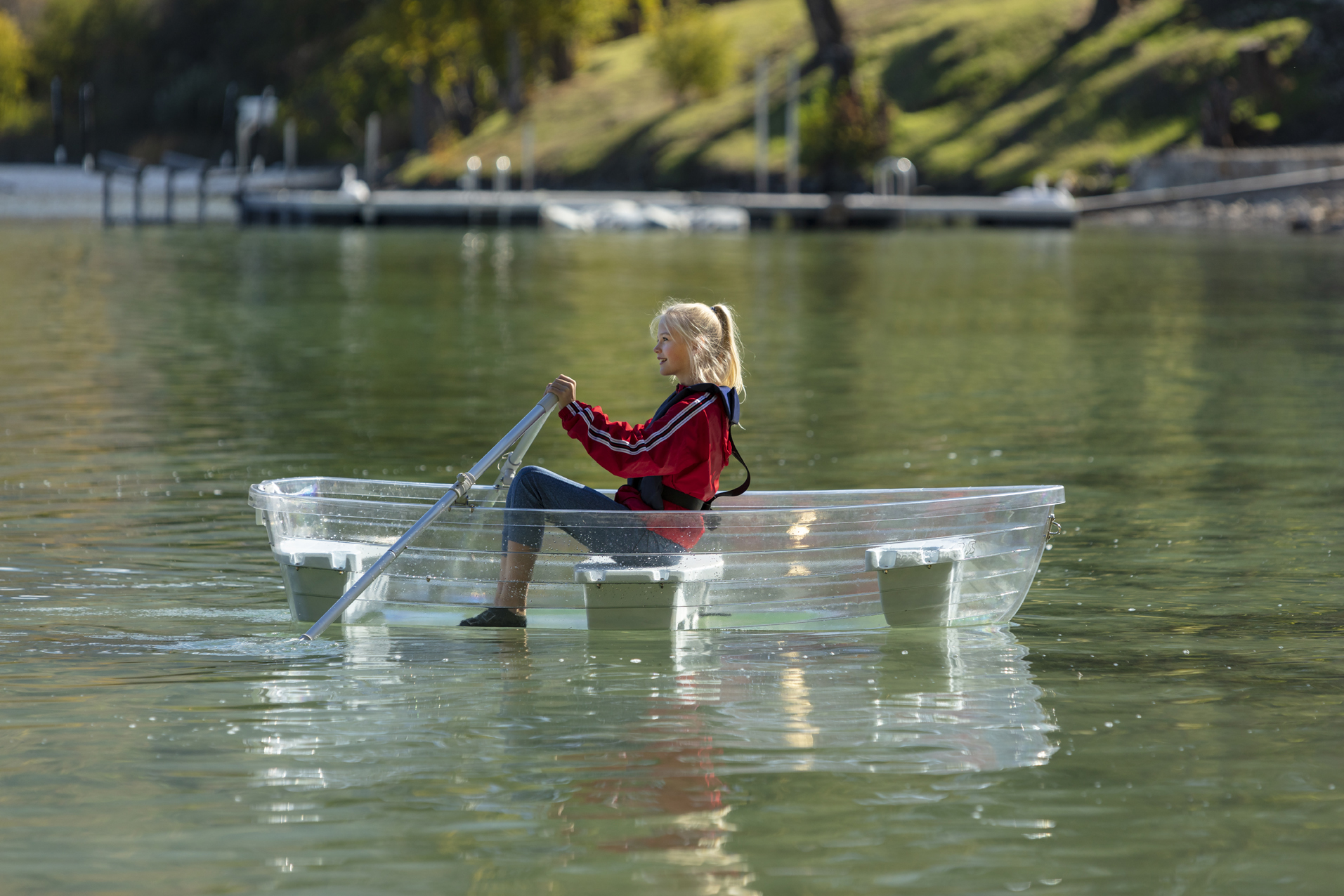
The bottom line is that being particular is important. A few years back when I bought my second sailboat, a 27-foot Albin Vega to liveaboard on Bainbridge Island, I realized I was in need of a dinghy ASAP to pull off the adventures I was planning. I bought the first dinghy that came across my path, a beat-up vintage Avon for $200 that an older duffer down the dock was in a hurry to be rid of. Who was I to be in the way of providence?
Well, it turned out that the 10-foot length was a lot for one to handle, especially with the generous freeboard of my particular sailboat. Due to the lack of a hard transom, my outboard had no mount to attach to. A slow leak took me forever to find and patch up. While it was a high-quality dinghy for the bargain price, I vowed to learn from the experience to pick a not just adequate, but perfect tender the next time around.
Herein I offer suggestions for those on the market.
STEP 1: Clear-eyed Self Reflection
Before you charge into the nearest dinghy supply store and promptly get overwhelmed, I recommend that you spare some moments for self-reflection. Think about not just what you want to do, but what can you do? What kind of platform is your boat? If you’ve got high freeboard and a bad back, you should think twice about a setup that involves heavy lifting. Does this mean you go more minimalist, or do you go with a bigger davit system? What kind of seas do you regularly take on? Seaworthiness, always important in a tender, can be extra vital for those taking on the alluring waters of the north or off the west coast of Vancouver Island.
This initial step of self-reflection is important to ground yourself in the reality of your situation. Know who you are, what your boat offers and what your needs are before proceeding.
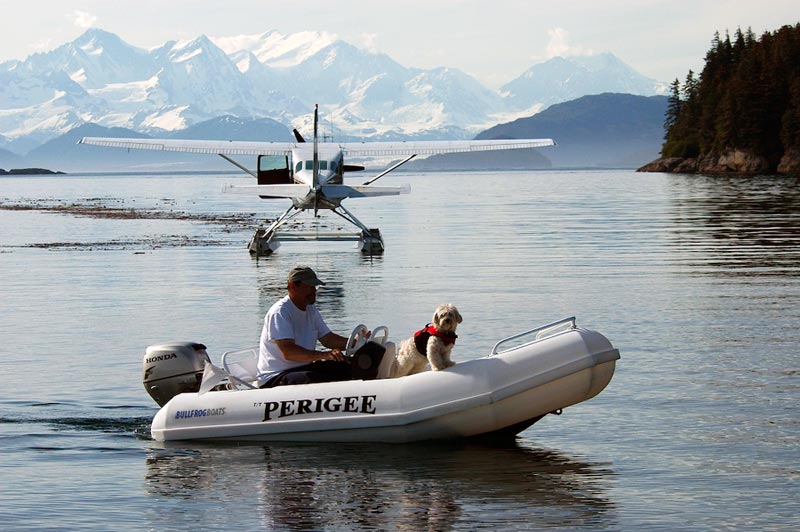
STEP 2: Essential Considerations
I find it easiest to distill the entire dinghy selection process to two fundamental variables: In-water performance and on-deck stowability.
In-Water Performance
Dreamer (Non-Motorized)
If you are an avid sailor and/or paddler and are considering a completely non-motorized dinghy route, then first you must fess up and admit that you are an eccentric idealist (who we love).
While a tenable position, the truth is that you have multiplied the factors you must consider but you’ve also reduced what you must purchase, like bringing the cost down considerably. If you plan to cruise extensively, trips to shore will involve paddling against the current or sailing upwind, even if all you need is a bag of ice for your old fashioned from the gas station. Revisit Step 1, meditate a bit, and then proceed.
If you fall into this camp, you still have choices to make. You will probably want something that can move a decent amount of cargo and the occasional passenger at least, and for that there are many inflatables offered that do not feature a built-in hard transom for a mounted outboard. The Avon inflatable from my anecdote falls into this camp, the pros including easy stowage and paddles that disassemble.
If you insist on using kayaks or a paddleboard as your primary tender, then do yourself a favour and get a touring model. Although inept as a cargo/passenger mule, they can at least boast decent seakeeping ability. An inflatable kayak or paddleboard, like the Airis line from locally based Walker Bay, is probably minimalist incarnate as far as ease of stowability. For pure rowing ability, a fibreglass (or even wooden) dinghy is usually more efficient than an inflatable one.
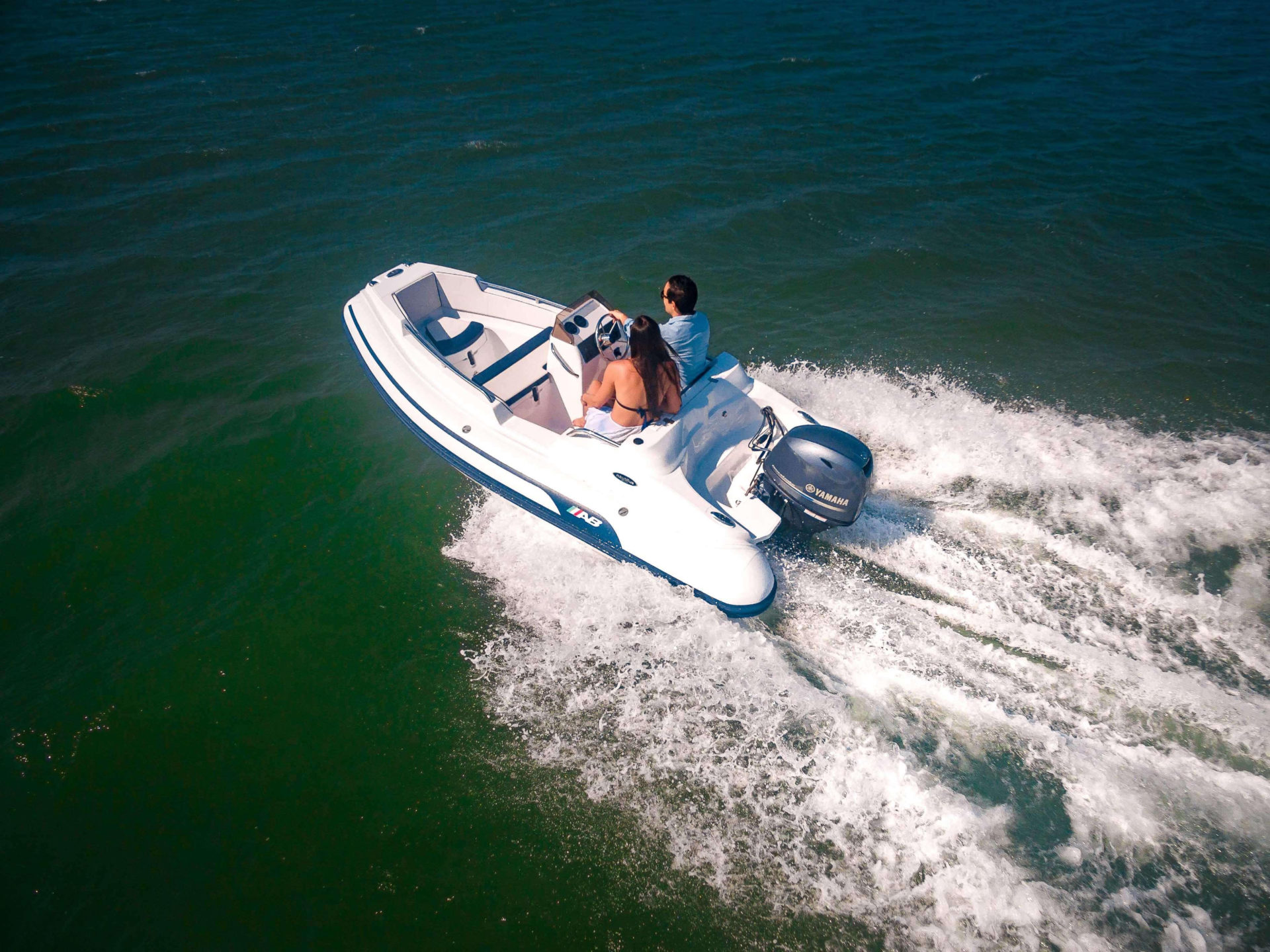
Shore Mule (Motorized)
It is probably safe to bet that most dinghies fall into this category. Both minimalist and pragmatic, this category’s job is to get maximum people and cargo to and from shore, thanks to a trusty low-horsepower outboard motor and some manoeuvring with a pair of oars.
The choices available in this group can get truly staggering. If we take just one Walker Bay product line as an example, we’re in their Odyssey territory. These boats are completely inflatable, including the floor. They are rated to a recommended 4.5 to eight horsepower from single short-shaft outboard engines. While you may be able to get dinghies like this on a plane, that’s not their primary purpose in life. For most of us, with boats in the 25 to 40-foot range, these are the dinghies for us. They are the putt-putts of the dinghy world, and when paired with a trusty four-stroke outboard, they generally enjoy long lives with low maintenance. They are easily towed or can be hung on a davit system.
However, due to the nature of seakeeping, the generally higher cost and increasing complexity, most hard-bottom dinghies tend to leave the purely “shore mule” category for the glitzier category we’re about to dive into.
Performance Tender (Motorized)
With this category, we are no longer in dinghy territory, but rather entering tender town. Generally, the terms dinghy and tender are synonymous, although most consider dinghies to be the smaller, simpler variety, while tenders are often seen as proper hard-hulled boats unto themselves. Perhaps dinghies are to boats what tenders are to yachts?
Regardless, the entry level to this world is the rigid-hull inflatable boat (RIB). This popular tender design features a hard bottom with inflatable gunwales. A British invention, the first RIBs appeared in the 1960s, used by the Royal National Lifeboat Institution. Offering the performance of proper solid hulls with some of the portability and convenience of inflatables, RIBs remain the go-to tender choices for those who can manage them on deck (we’ll come back to that later).
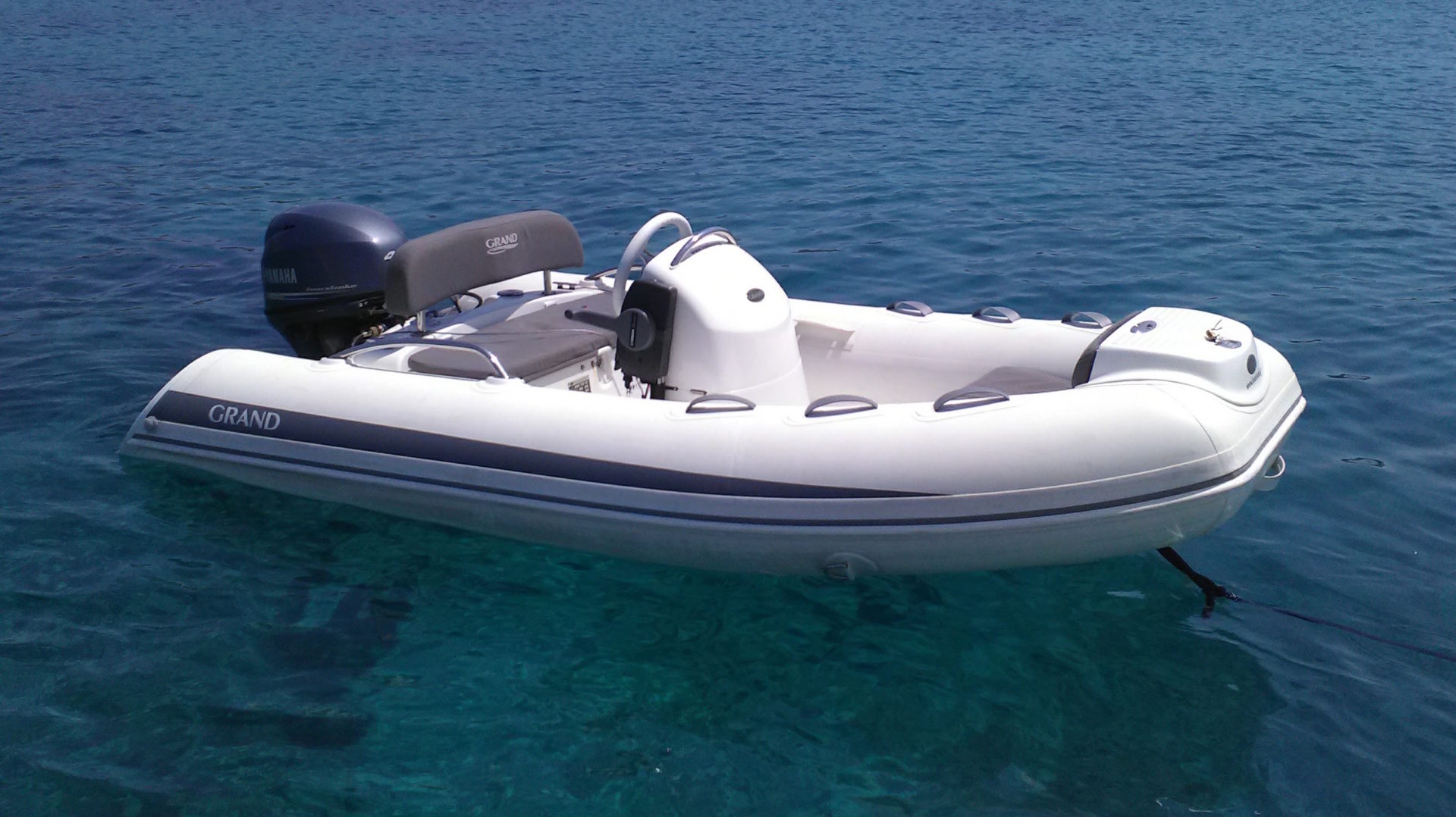
Also innovative are designs like Bellingham, Washington-based Bullfrog Boats. These tenders have a completely solid hull built of buoyant polyurethane foam incased within strong and lightweight aluminum. Unsinkable in a very literal sense and quite strong, the light construction makes it a bit more manageable on deck.
Prominent in the performance tender family is the centre console layout. RIBs, Bullfrog Boats and builders of solid-hull aluminum and fibreglass tenders tend to offer both the traditional mounted-outboard and tiller approach and the centre console options that give the tender a traditional helm and nav station. Once we get into the centre console realm, the tender category evolves into models that are just as capable as comparably sized ski boats or runabouts. This bracket also is where things can get very customizable, with some companies offering completely custom builds for larger yachts with specific demands.
Additionally, there are hard-bottomed tenders that are compatible with sail rig packages so the non-motorized dreamers mentioned before can have their cake and eat it too.
In exchange for the capabilities of a “real boat,” these tenders become the most cumbersome to stow aboard. Not only is a large mothership required, but also some kind of hoist, davit system or jerry-rigged lashing is necessary. Some, usually sailors with less deck space for their length overall, will resort to towing a solid-hull. Whatever the solution is, a general rule is that the larger and more tricked-out the tender, the more consideration is needed to stow it safely and conveniently aboard.
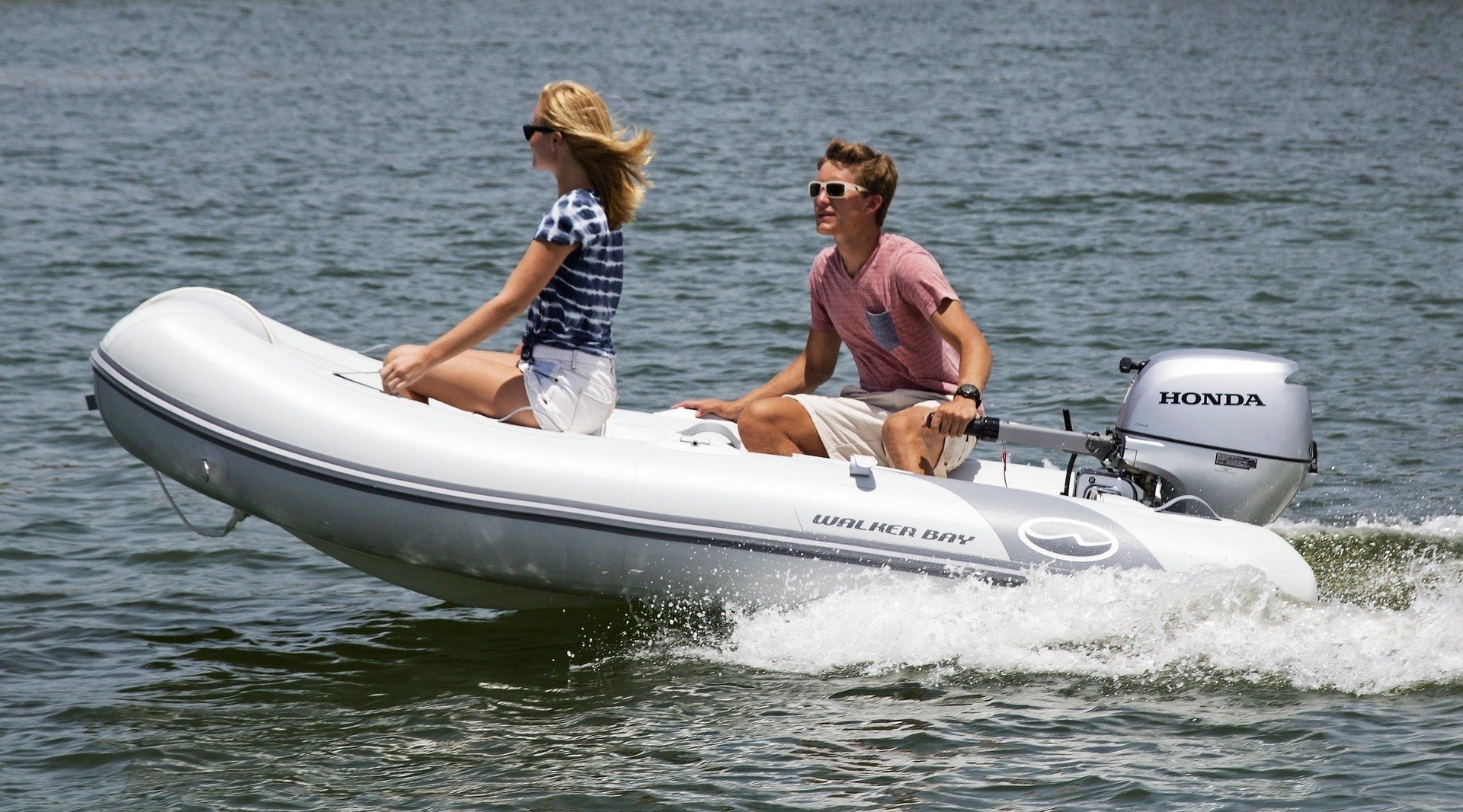
On-Deck Stowability: How far will I go to get this thing aboard?
Modern boaters are not the first to dream of owning a large, completely customized boat that is also impossibly easy to stow. The Viking god Baldr was said to have the “greatest of all ships” (according to the ancient Gylfaginning, Snorri Sturluson’s book on Norse mythology) named Hringhorni that could also fold up into a pocket. The fact that the Vikings fantasized about such a ship in their mythology puts the idea on the plane of the Holy Grail in terms of real-world possibilities. Let’s continue our search.
The on-deck consideration is what grounds many of the decisions made with the on-water goals. Simply put, an aluminum centre console with integrated sound system blasting Jimmy Buffet may be the dream, but if you’re at the helm of a 20-something-foot Ranger Tug, you’re probably out of luck. By that same token, that inflatable kayak will roll up nicely to stow aboard, but one should be realistic about what conditions such a dinghy can handle.
STEP 3: The Big Buy
You’ve reflected upon your own abilities and needs. You’ve navigated a few of the fundamental crossroads with your research and know generally what you need. Now is the time to leave the glowing computer screen behind to go into the field on a hunt!
I always recommend starting your search at the bulletin boards of marinas and by talking to other boaters who’ve used the dinghies you’re considering. For example, a certain RIB could look great on paper, but somebody who’s owned one may have useful bits of information with regards to the on-deck situation or other performance issues.
Additionally, perfectly good dinghies tend to end up as leftovers in garages or boatyards. Those marina bulletin boards can be excellent sources for leads, often for a great price. They can also be good opportunities for first encounters that bring the tender from the product catalogue to life. Internet equivalents like Craigslist can also bear fruit, but generally the listings on a marina bulletin board are a bit more reliable, personable and bona fide.
In the perfect world, you’d be able to squeeze in a boat show before your big purchase. Boat shows offer excellent in-person exposure to just about everything (new) on the market, with exhibitor experts who are eager to share information and cut a deal. Avoid the impulse purchase but remember those special offers when you collect business cards. If you do end up going with them, the “deal of a lifetime” discount they offered is worth bringing up again.
Once you’ve chatted to your fellow boaters, scanned the local marina bulletin boards, glanced over Craigslist and ideally squeezed in a boat show, it’s time to go to your local dealer. At this point in your search, you should be knowledgeable about the subject and know what you’re looking for. This makes you less susceptible to canned sales pitches, and equips you to ask the important questions.
If you’re open to a wide variety of inflatables, then you should have plenty of options wherever you go. If you’re after something very specific, you may want to visit the manufacturer’s website to locate the nearest dealer. The goal is that once you’re at the store, you’ve got a short list of final candidates and a few very specific questions. The journey will be well worth it, for even a low-end dinghy or kayak can put you back thousands of dollars.
If you are going with the high-end custom tender, you best build a great relationship with the company you’re working with. At this point, you will be shelling out tens of thousands, and you owe it to yourself to get your money’s worth.
The final thought I offer is that there is a very distinct possibility that your well being will be dependent upon your tender at one point or another during your exciting boating life. A perfect fit between dinghy and skipper is a truly magical thing, and, unless there is a dog aboard, it’ll be your best friend through the best and worst days on the water. So, know yourself, do your research and you’ll find that Holy Grail.